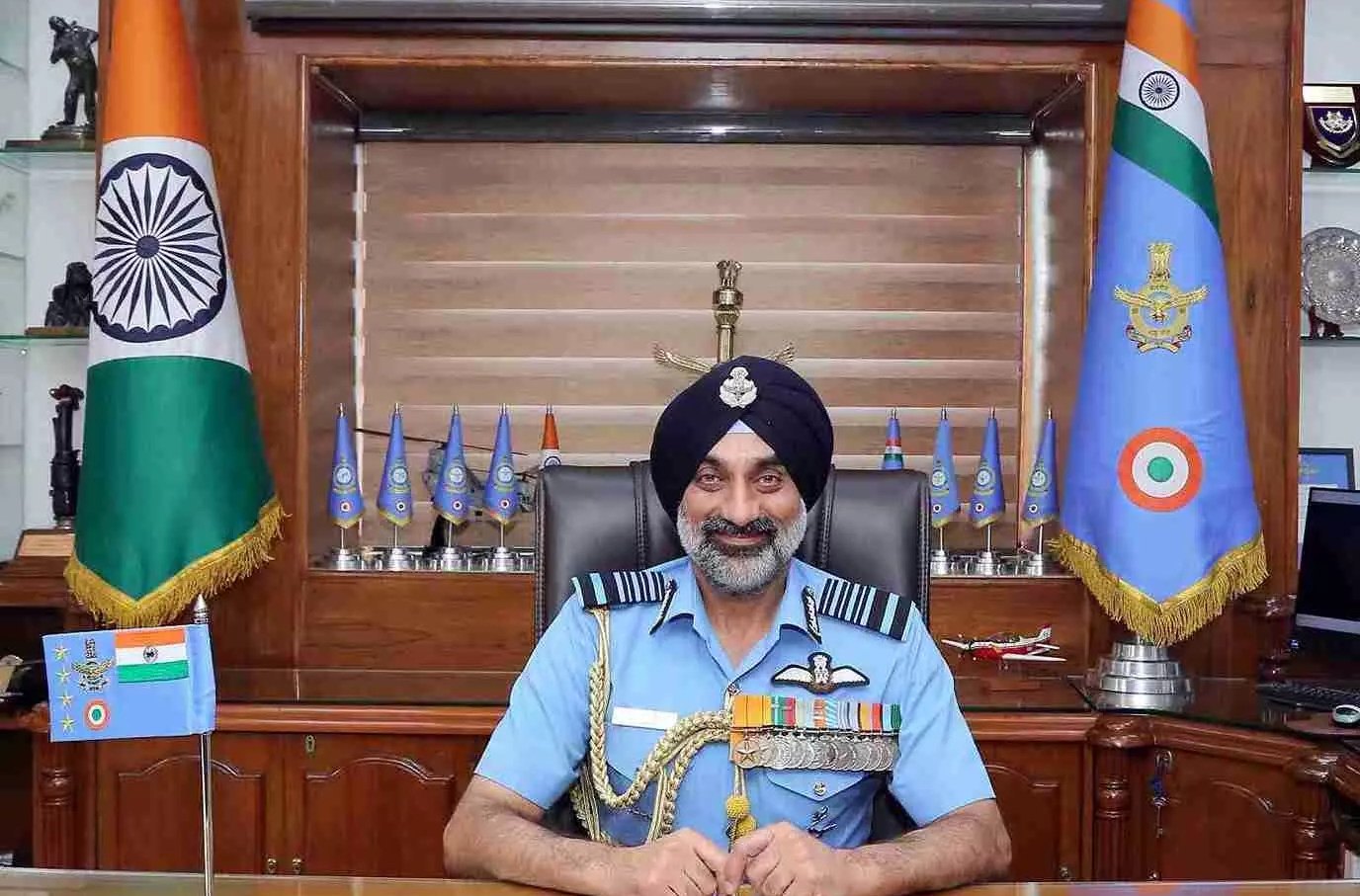Table of Contents
In one of the most critical air battles in recent history, the Indian Air Force (IAF) effectively destroyed five Pakistani fighter aircraft during Operation Sindoor, inflicting a huge blow on Pakistan’s military might. The operation, undertaken in four days in early May 2025, also involved the destruction of several terror camps and key military establishments along Pakistan-occupied Kashmir (PoK) and mainland Pakistan.
Addressing the 16th Air Chief Marshal LM Katre Memorial Lecture in Bengaluru, Air Chief Marshal AP Singh authenticated the extent of Pakistan’s casualties, terming the contribution of India’s S-400 air defence system and the synergy between the Army, Navy, and Air Force as commendable.
Operation Sindoor: A Decisive Response
The Operation Sindoor, conducted between May 7 and May 10, 2025, was a swift, high-tech military campaign aimed at neutralising Pakistan-based terror infrastructure.
-
May 7, 1:30 AM – India carried out precision strikes against 9 terror targets in Pakistan-occupied Kashmir (PoK), including Kotli, Bahawalpur, Muridke, Bagh, and Muzaffarabad.
-
Over 100 terrorists were neutralised, including those of Lashkar-e-Taiba and Jaish-e-Mohammed.
-
Local reports and satellite imagery certified total devastation of the terror infrastructure, especially in Bahawalpur.
Pakistan’s Failed Retaliation
On May 8, Pakistan attempted large-scale drone attacks on India’s western states. However, the S-400 Triumf Air Defence System intercepted and neutralized almost all incoming threats.
By May 9, India escalated the operation with strikes on six Pakistani military airbases, successfully shooting down five enemy fighter jets. This significantly crippled Pakistan’s air power and morale.
Ceasefire and Diplomatic Resolution
On May 10 at 5:30 PM, US President Donald Trump announced a ceasefire between India and Pakistan after overnight negotiations mediated by Washington.
At 6:00 PM, Indian Foreign Secretary Vikram Misri confirmed the truce, with Pakistan’s Foreign Minister Ishaq Dar agreeing to halt all hostilities.
Air Chief Marshal AP Singh’s Key Takeaways
During his speech in Bengaluru, the Air Force Chief emphasized:
-
Full Political Support – The armed forces had complete operational freedom and clear directives from the leadership.
-
Coordination Among Forces – The role of the Chief of Defence Staff (CDS) and National Security Advisor (NSA) was crucial in uniting the Army, Navy, and Air Force.
-
Ending the ‘Balakot Ghost’ – Unlike the 2019 Balakot airstrike, Operation Sindoor provided undeniable proof of destruction.
-
Strategic Restraint – Once objectives were met, India chose diplomacy over prolonged conflict.
Significance of Operation Sindoor
-
Military Dominance – Demonstrated India’s technological edge in air defence and precision strikes.
-
Counter-Terrorism Success – Eliminated high-value terror targets across PoK and Pakistan.
-
Diplomatic Win – Secured an end to hostilities without international pressure on India.
Conclusion
Operation Sindoor will be remembered as a landmark in India’s military history, showcasing decisive leadership, advanced defence technology, and strategic coordination. The shooting down of five Pakistani fighter jets not only crippled Pakistan’s air capabilities but also sent a strong message about India’s preparedness to protect its sovereignty.


 Securities Markets Code Bill 2025: Towar...
Securities Markets Code Bill 2025: Towar...
 Weakly Interacting Massive Particles (WI...
Weakly Interacting Massive Particles (WI...
 India–Oman Trade Deal: CEPA Signed to ...
India–Oman Trade Deal: CEPA Signed to ...

























